Keeping the Art of Chinese Calligraphy Alive
When we think of the loss of handwriting as a common skill, we tend to think of it in terms of English handwriting.
But the Chinese are experiencing a similar issue with regards to traditional Chinese calligraphy. And now, as fewer and fewer people learn the painstaking handwriting craft, a core group of traditionalists are working to keep calligraphy alive.

At the forefront is Pang Zhonghua, who began promoting Chinese hard-nib calligraphy three decades ago and has been busy spreading it around China and the world ever since.
Hard-nib calligraphy is a technique for writing calligraphy that uses fountain pens instead of a calligraphy brush.
From China Daily:
Pang recalls how as a young surveyor in the mid-1960s, he often practiced calligraphy with his inexpensive fountain pen, while his colleagues drank, talked and played cards to kill the time.
In the 1950s and 1960s, the fountain pen had already emerged as a popular writing tool among ordinary Chinese.
It was while copying calligraphic works by ancient masters such as Yan Zhenqing of the Tang Dynasty (AD 618-907) that the young surveyor got a bold idea – why not develop fountain pen calligraphy, a new art genre, rooted in traditional Chinese culture?
In 1969, he churned out the first version of his book entitled On Fountain Pen Calligraphy, hailed as a ground-breaking work by critics.
Pang has sold millions of copies of his books teaching younger generations the traditional art, and still frequently travels to give international lectures on Chinese calligraphy.
Schools teaching calligraphy have opened across China where students can learn to form traditional Chinese letters with everything from fountain pens to gel pens. There also are professional organisations formed to teach and promote calligraphy, like the Hard Pen Calligraphists’ Association in Hong Kong.
The South China Morning Post recently profiled the art of hard-nib Chinese calligraphy and those who teach it.

Lui Chiu-wing, chairman of the HPCA, told the paper:
“Chinese calligraphy is one of the four accomplishments required of a traditional scholar. It is a part of our heritage. Its disappearance would be a cultural tragedy,” says Lui, who also heads the Hard Pen Calligraphists’ Association and Professional Chinese Calligraphers Association in Hong Kong, and acts as the judge at several penmanship contests.
He believes hard-nib calligraphy remains relevant in the technological age because homework and public exams still require writing and a neat hand has a good impression on the reader.
“As the popular Chinese saying goes, one’s handwriting reflects one’s character,” says Lui. “Most of my students are selected as class representatives at their primary schools because teachers associate good handwriting with discipline and responsibility.”
It’s encouraging to see that there are people still passing on these skills – because handwriting is a skill, and a necessary one – from generation to generation.
Explore Fountain Pens for Calligraphy @ KSGILLS.com
Source: PenVibe


![[Appreciation Gifts 2023] KSG set - Double Pen SET - Parker IM Rollerball & Ballpoint Pen - [Various Colours] - KSGILLS.com | The Writing Instruments Expert](http://ksgills.com/cdn/shop/files/WhatsAppImage2023-08-19at3.14.43PM.jpg?v=1764419608&width=900)
![[Appreciation Gifts 2024] KSG set - Double Pen SET - Parker IM Rollerball & Ballpoint Pen - [Various Colours] - KSGILLS.com | The Writing Instruments Expert](http://ksgills.com/cdn/shop/files/ksgills-fathers-day-gift-set.png?v=1764419608&width=1000)
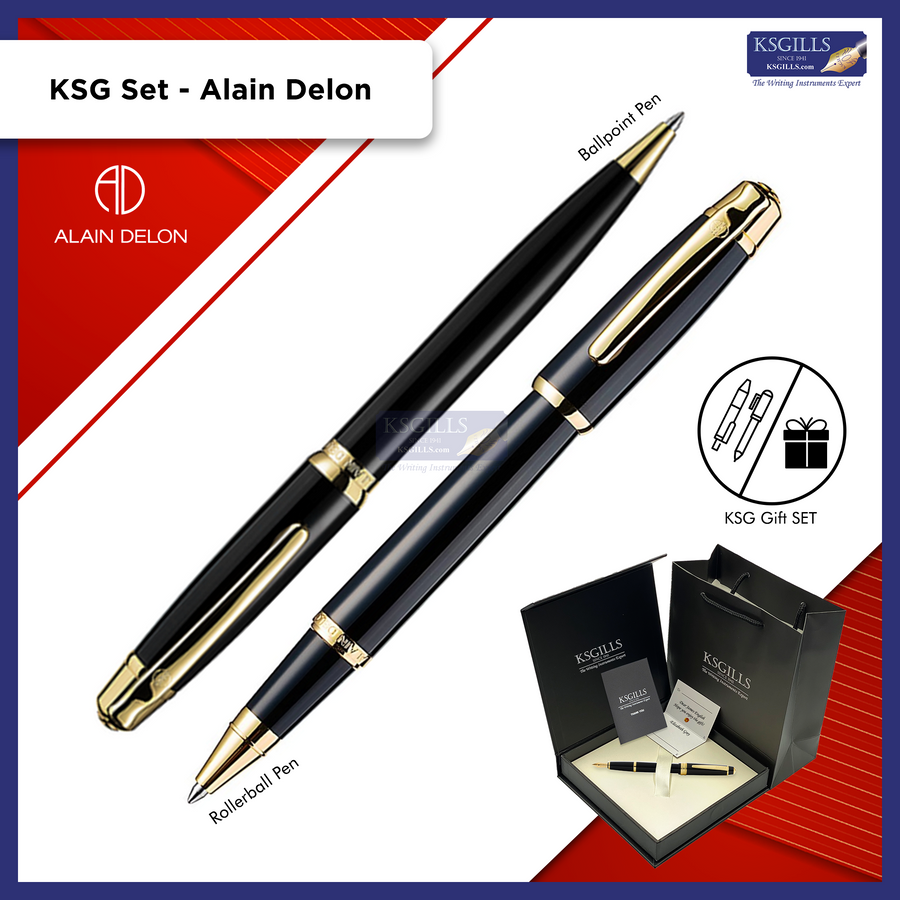
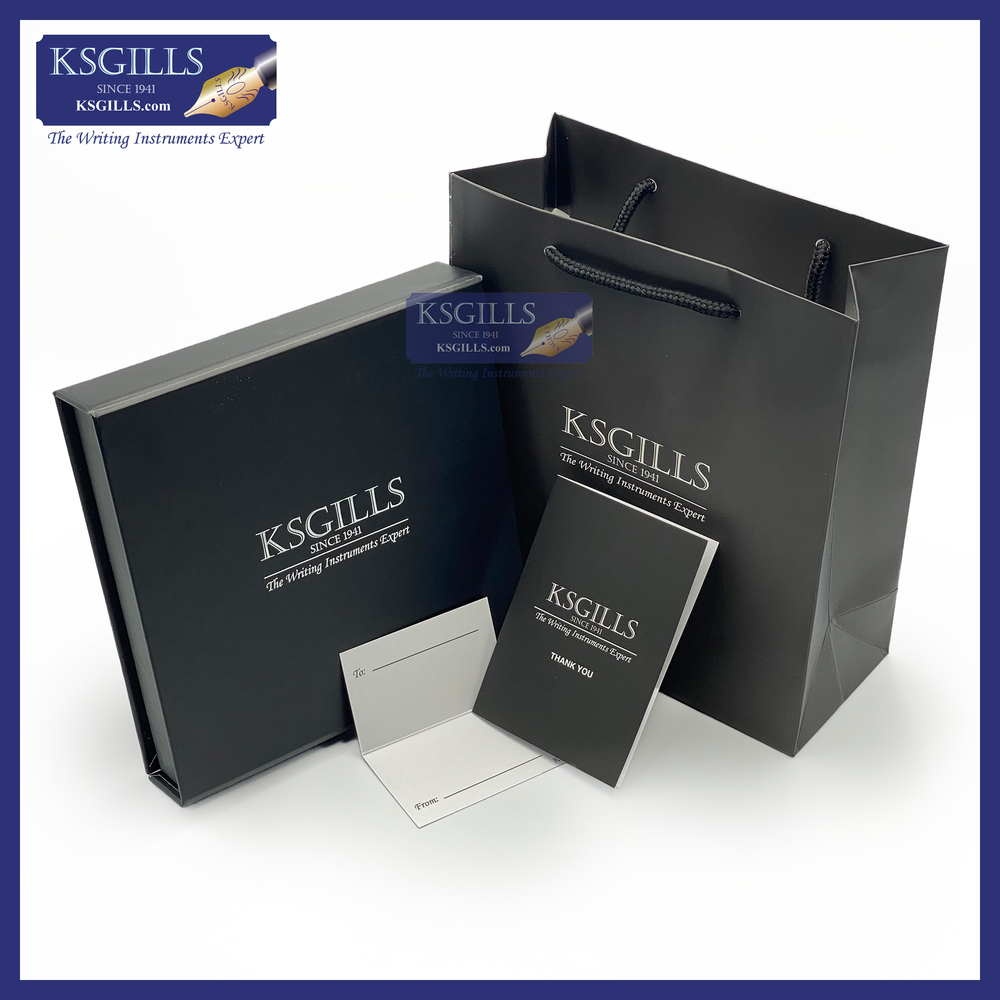

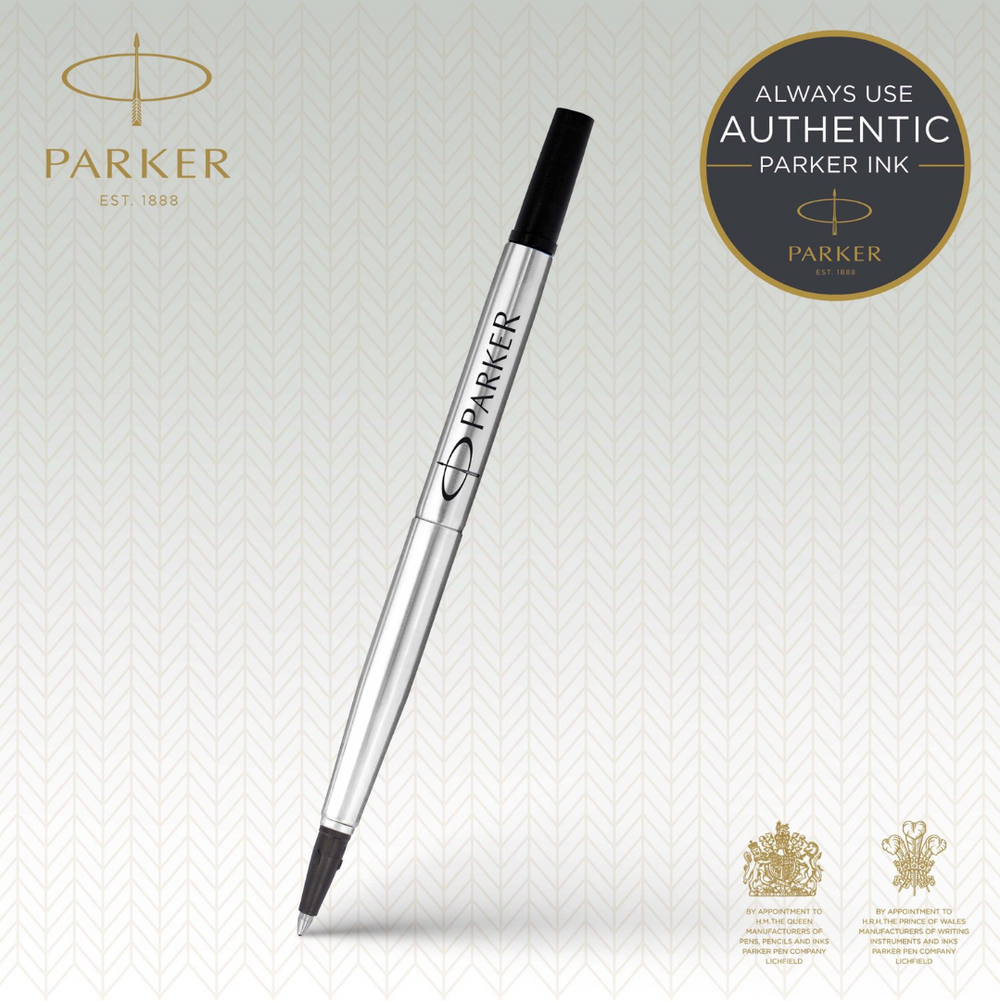
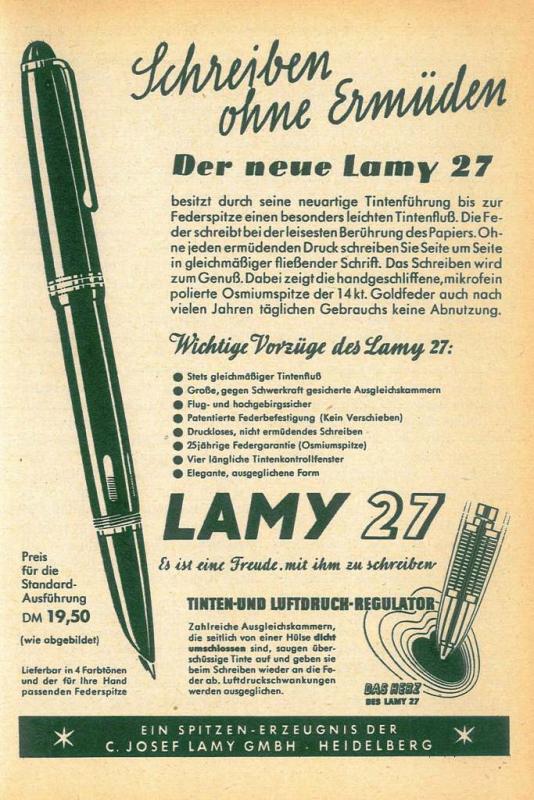
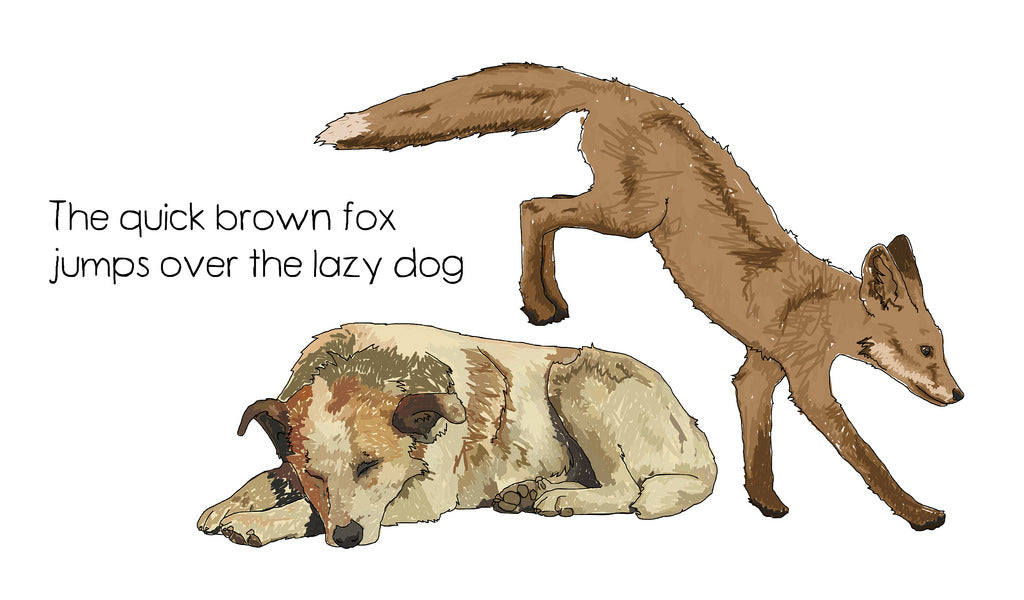
![KSG set - Double Pen SET - Parker IM Fountain & Ballpoint Pen - [Various Colours] - KSGILLS.com | The Writing Instruments Expert](http://ksgills.com/cdn/shop/products/THUMBAIL_KSGGiftSet-ParkerIM-BlackGold-FP_BP-Main.png?v=1659158551&width=900)
![KSG set - Double Pen SET - Parker IM Fountain & Ballpoint Pen - [Various Colours] - KSGILLS.com | The Writing Instruments Expert](http://ksgills.com/cdn/shop/products/BlackGold.png?v=1693741987&width=1000)
Leave a comment